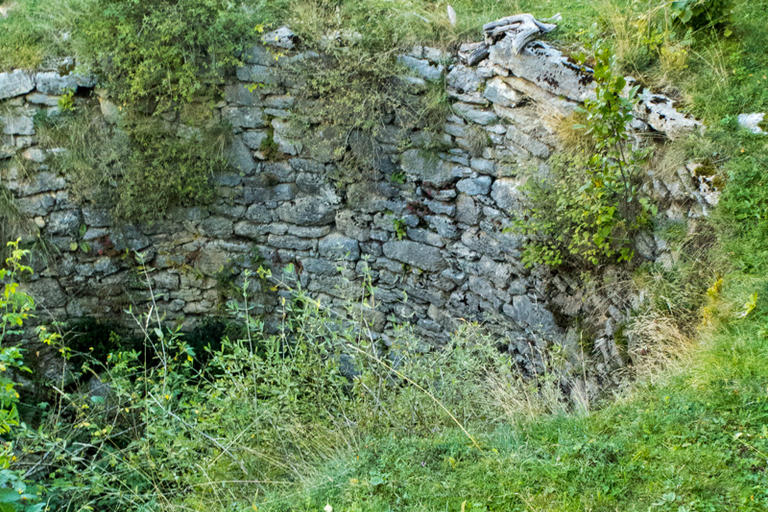
Introduction
| It is a circular plant and cylindrical structure, excavated in the subsoil between 5 and 7 m deep, which takes advantage of the natural slope and the thermal inertia of the ground to preserve the ice. It had coverage to protect the ice from the inclement weather. |
| The ice industry was very important during the XVI, XVII and XVIII centuries. Ice was mainly used to freeze and conserve food, which is why snow and ice wells were built, taking advantage of altitudes and very cold climates. The ice wells used to be private and they used work boats and day laborers during the least job season in the field. Those responsible for the operation were called "neuters". |
| The Pardines' ice well should have been abandoned in the late nineteenth or early twentieth century, when this natural ice production was definitely replaced by efficient modern home appliances: refrigerators and freezers that have come to this day. |
| SOURCE: Web of municipal Pardines |
Images not available